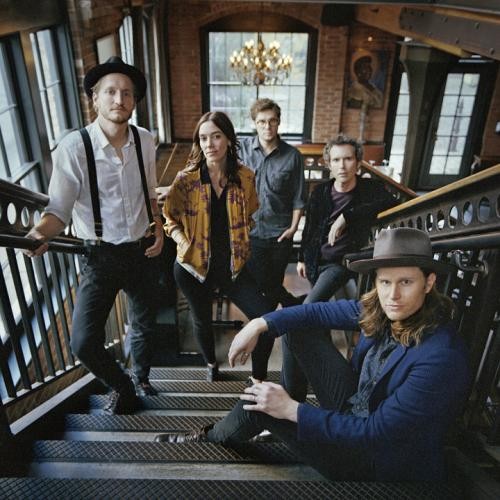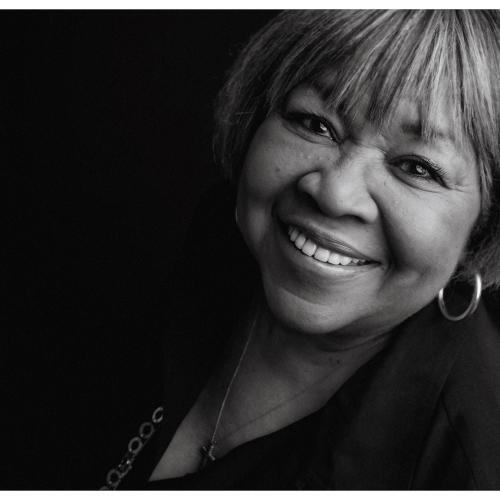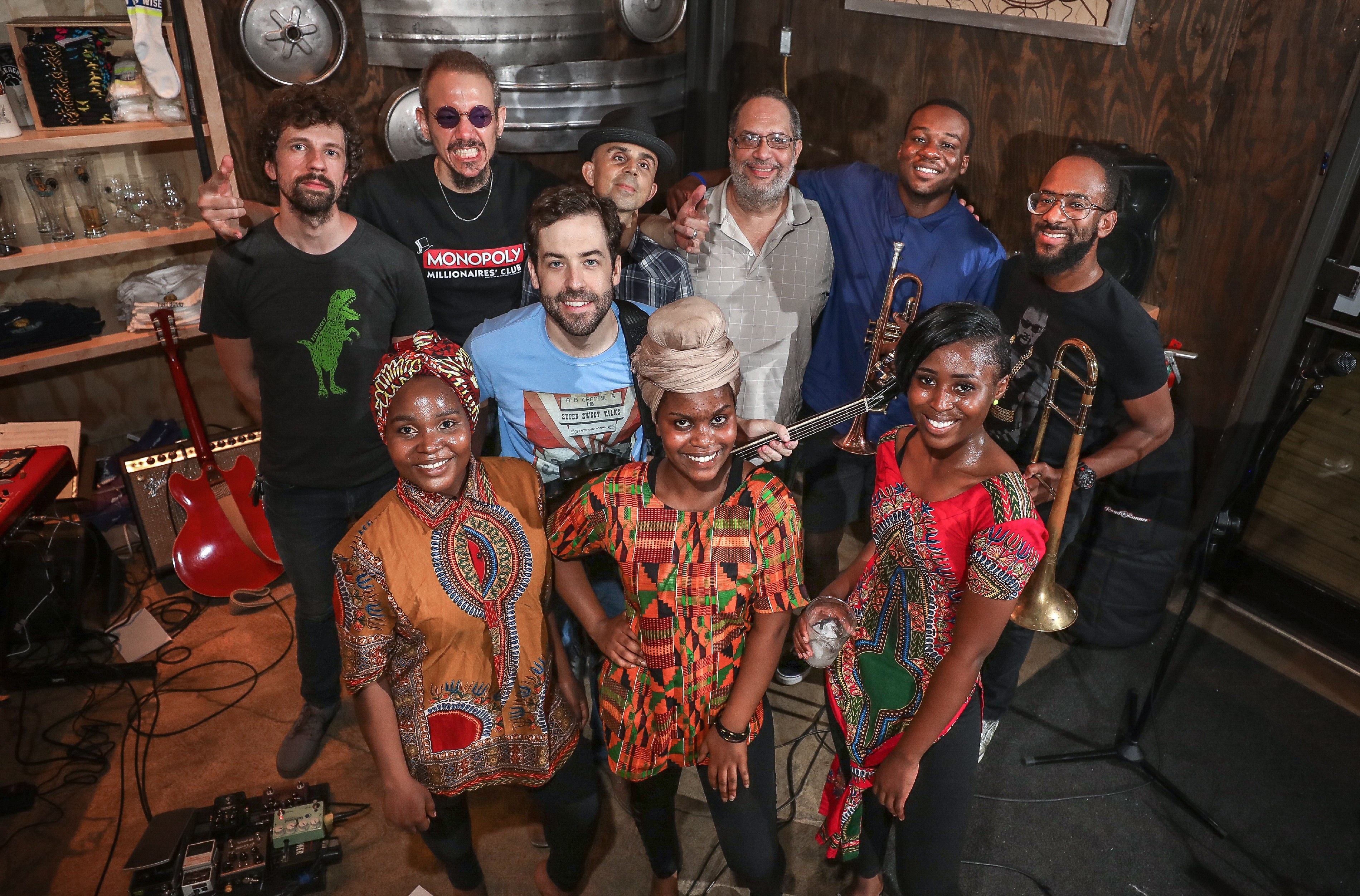Anwar Jamison set out to do something very few people have ever done: The Memphis-based filmmaker wanted to shoot a movie in Ghana. The second-largest country in West Africa is undergoing a period of economic expansion, and Jamison was fascinated with the young democracy’s success story. It was a long fight, but after enduring setbacks such as the lead actor bailing on the project right before he was supposed to get on the plane, Jamison finally completed Coming to Africa — just in time for the 2020 Covid pandemic to shut down movie theaters worldwide.
“The premiere was at the Las Vegas Black Film Festival, which I believe the first physical film festival that opened back up during that time,” says Jamison. “Then I had the chance to come back and do Indie Memphis. … I took it to Ghana, had a great response over there in the cinemas. But, again, it was somewhat slow because I guess we were kind of pioneers in that space. We were one of the first movies that came out as their cinemas reopened because they had been closed a lot longer than ours over here due to Covid.”
After an indie theatrical release in the U.S., Coming to Africa was released on Amazon Prime Video, where, Jamison says, “It was really, really well received! Then I moved it over to Tubi and [Roku streaming channel] kweliTV, who I really enjoy working with. DeShuna Spencer runs it right here out of Memphis.”
But if the original Coming to Africa was a struggle, things were easier for the sequel, Welcome to Ghana. In the first installment, Jamison took over the lead acting role out of necessity, playing Adrian, an ambitious American business executive who has his life changed on a visit to Ghana’s bustling capital, Accra. Much of that life-change is thanks to Akosua, a charming schoolteacher played by Nana Ama McBrown. “It was my first time in Ghana, literally,” he says. “In a way, that helped me play the character because I was in the same situation as the character. I literally was seeing these things for the first time. This time, I was able to have more of a game plan ahead of time and say, ‘This is how I want to do things.’”
As a result, Welcome to Ghana is considerably more ambitious. Akosua and Adrian are planning to get married, but her family doesn’t approve — and that’s just the first complication. Jamison wanted to make an ensemble comedy, and the success of the first film in Africa and the opportunity to work with McBrown, the biggest star in Ghana, helped open lots of doors. “It really turned into a who’s who of actresses and actors who are the cream of the crop over there. It is a true ensemble cast. They were looking around at each other on the set like, ‘Wow! We’ve never really been in a movie together!’ I was able, from the outside, to kind of pull people together. In Ghanian film, you’re going to have political ties. This actor works with their director only, or, this actor works with this production company. But me from the outside, I was able to just grab people who I was familiar with, who are some of my favorites in Ghana and Sierra Leone, and pull ’em all together.”
The film had its world premiere in Accra on the same day last summer as Barbie. “The biggest Hollywood movies are big in Ghana,” says Jamison. “So I was proud that we smashed Barbie that day! Barbie had a nice crowd. But for us, Coming to Africa: Welcome to Ghana, it was out of control!”
The film is now streaming on Amazon Prime and Tubi. “The story is very universal, so it crosses geographical, cultural, racial, ethnic boundaries,” says Jamison. “You’re getting all of these cultural things, but once you sink into the story, you realize they do a lot of the same things we do. So you get to see differences in the culture, but you also get to see those similarities.”
Jamison says he’s finishing his doctoral dissertation on African cinema before he starts prepping the final film in the trilogy. “I want Memphis to know that this was made by a Memphis filmmaker, and I want them to know that we took a lot of pride in putting it together, and that we put Memphis on the map in Ghana!”
Coming to Africa: Welcome to Ghana is streaming on Amazon Prime and Tubi.


 Nabil
Nabil 
 Myriam Santos
Myriam Santos 
 Jamie Harmon
Jamie Harmon  Jamie Harmon
Jamie Harmon 